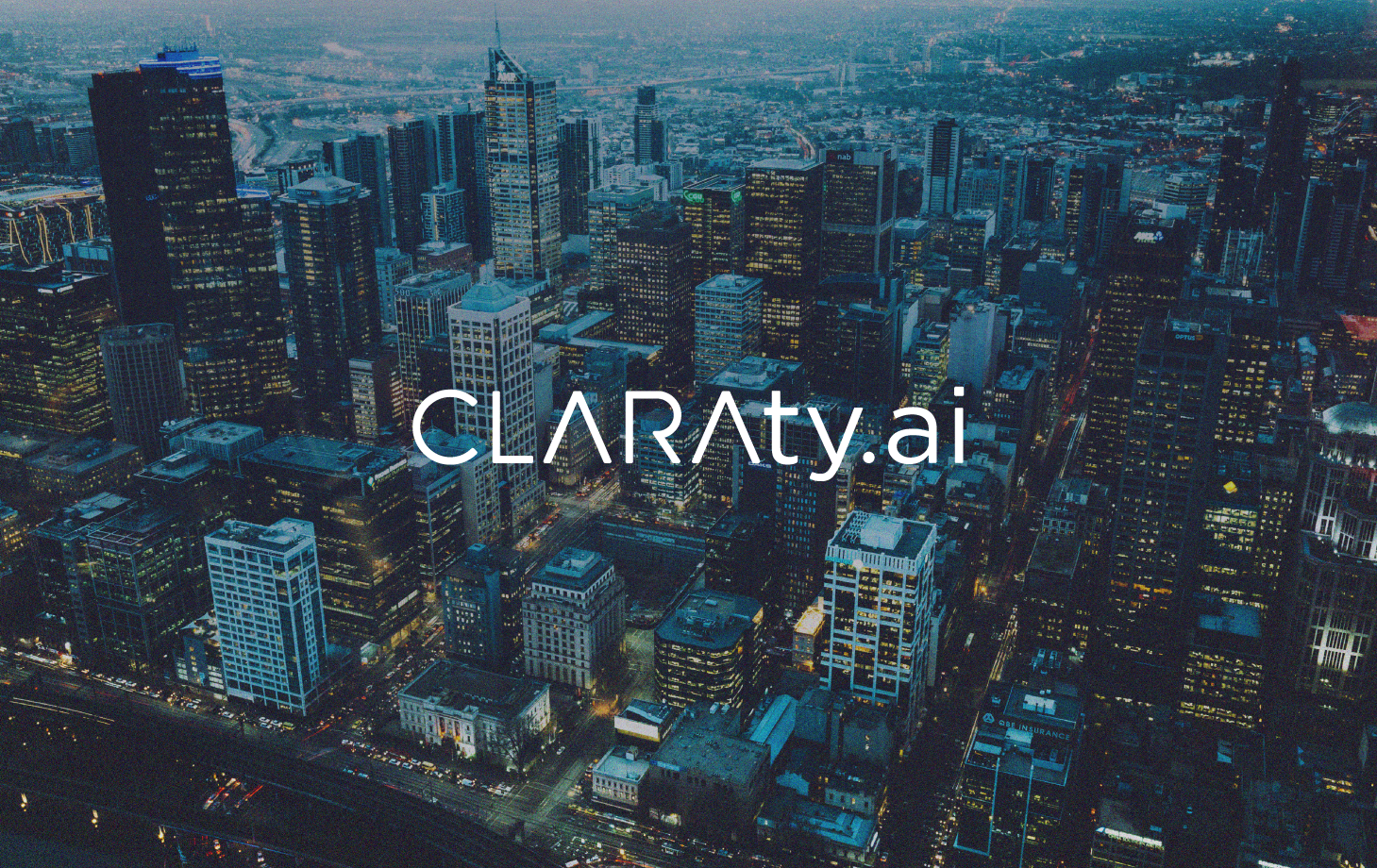What to Look for in an AI Partner
As the uses for and ultimate value of artificial intelligence (AI) become more widely understood, organizations across numerous verticals, be they insurtech, fintech or healthcare, are seeking ways to implement AI to their advantage — and vendors are lining up to tell them exactly how to do it. But without a clear vision of the problem to be solved, compounded with a lack of experience in that specific function, they can take your organization down a long and unnecessarily winding road. It may seem pretty; it may be exciting, but it probably won’t take you where you want to go.
To help your organization find the right match for its needs, here are my top tips to consider when choosing an AI partner.
Gain Alignment on the Objective
You know you want to use AI and data science within your organization — whether to improve outcomes, achieve greater efficiency, drop operational costs, or for another reason altogether. This is a great start, forward progress, but it is sort of like the act of bringing the ball onto the field or the court before the start of a game. AI has permeated marketing speak over the past few years. As a result, many solutions come across as generic or just scratch the surface of what is possible. For this reason, it is imperative that you know what your organization needs and why. Where exactly are the problem spots? What is the source of leakage? Which bottlenecks do you want to address? What are customers not currently delighted with? Furthermore, think about what metrics you are going to use to measure success and how you are planning to track them.
Make a game plan for your team — and remember that you are actually a team with strengths and weaknesses. Understand where they exist and how an AI solution can mitigate those weaknesses. Everyone must be aligned on objectives and strategy in order for the team to function optimally.
Address THE Problem
Now that your organization is aligned on objectives internally, it’s time to seek out the vendors that demonstrate a high level of focus on a particular problem and a clear view of how solving that problem creates value. If a company spends its time and resources explaining all about how blockchain, AI and IoT work with its products — and it is being presented broadly as a technology player — this vendor is probably not ready to address your particular organization’s needs. Good AI providers shouldn’t offer an all-you-can-eat buffet. Instead, they should deliver a very precise statement of capabilities.
If they can’t dive deep into their problem statement, it doesn’t necessarily mean it is a bad company, but it is a sign of the company’s immaturity. The more they profess about what their technology can do and the more issues it can address, the more you need to think they are perhaps a little early in their product evolution.
Expertise Is a Must
Focus is not always enough. Does your potential partner have the expertise to actually solve your particular problem? Expertise is a complicated issue. Partners need a certain level of domain knowledge. The team assigned to your organization must possess an understanding of your unique pain points and overall business. It doesn’t have to be exhaustive, but every industry is unique in some way, whether it’s in terms of regulations or customer profiles or something else, and if your team is not familiar, it can lead to big problems later.
At the same time, deep data science experience is also essential. The models are the foundation of every AI solution. They must be carefully constructed, and now for the super challenging part: They need to be packaged in consumer-grade software and delivered through services that can drive operational impact in a manner applicable to your domain.
And expertise does not stop there. Your chosen partner needs to be able to map out a clear path to implementation. Do they have a plan for how their solution will be rolled out and who should be involved? Your prospective partner should be able to detail exactly how they will put their solution to work. Ask them to walk through how they operationalized their solution within similar environments.
Look for a Proven Track Record of Delivering Value
When you consider the ultimate value you hope to derive from a new AI solution, you and your AI partner should be aligned — and they should be able to show how they will gauge that value. For example, they need to define the specific metrics they are targeting. It’s not enough to say they’re going to show cost savings and identify lost revenue. How are they going to do that? What are the methodologies and indicators they will use to quantify, track and analyze? Specifics matter. In this regard, case studies can be particularly helpful because you learn what was done in the real world, why, and the specific outcomes of those decisions. The partners that can show discernable evidence of value have a leg up.
Interestingly, I have found that one of the things no one tells you is that only part of value is derived from technology itself. Critical contributions come from those who can identify a very specific problem, see how technology can be applied to solve it, and then get the right technology into the hands of people who will put it to work effectively — before they track and calculate its value. There is so much that goes into the entire process, and it’s hard work. So you see, the challenge is not in finding great technology, the real challenge is in packaging that technology within the context of a business problem and getting a concrete view of how well it’s attacking that problem.
An Aside: Set Your Expectations Accordingly
It’s worth noting that if you believe implementing a compelling AI solution will be a quick add-on, you will likely find yourself disappointed. To get it right, to yield the outcomes that matter to your organization, it’s an iterative process, just like AI itself. AI partners should be honest about this. While some offer clear advantages and make things as easy as possible based on their expertise and maturity, expect this to be a journey.
Also, to ensure expectations are met over the long-term, take a long view. Develop a roadmap for what you want to accomplish in the future, and don’t just solve for where you are today. Because you are looking long-term, let the thought settle in that you are probably going to work with the same AI partner for a considerable period of time (years, in fact). As such, transparency becomes very important. Their roadmap matters as well in terms of how they will be able to support your ongoing objectives. The more of a black box they create around their future plans, the more concerns about maturity this should raise.
Although there is a lot to consider when selecting an AI partner, know that selecting the rightpartner will be worth it. AI’s capabilities and benefits are truly transformative when applied in a thoughtful way. Best of luck to you as you embark on your AI journey.
First published in insideBIGDATA.




